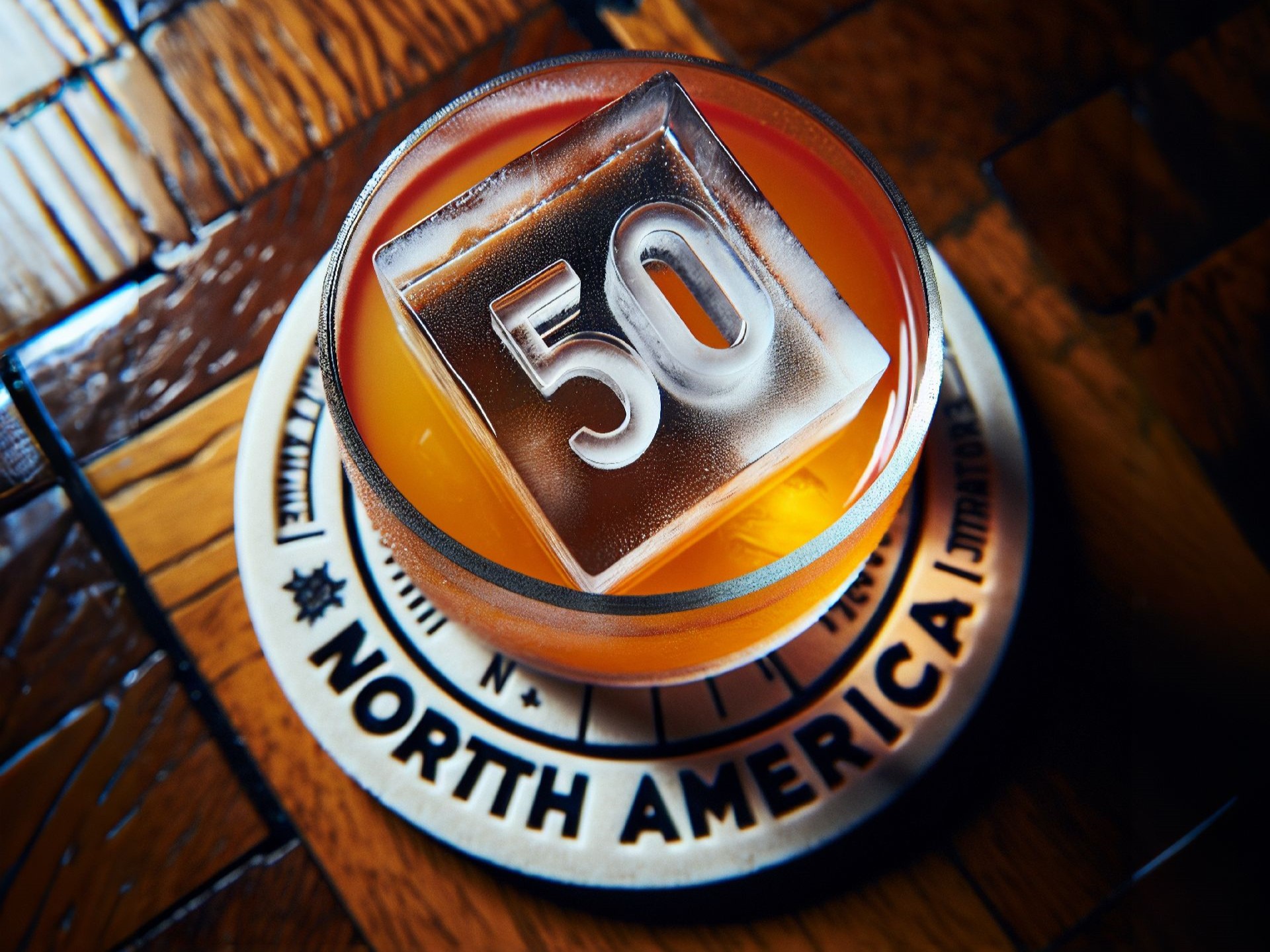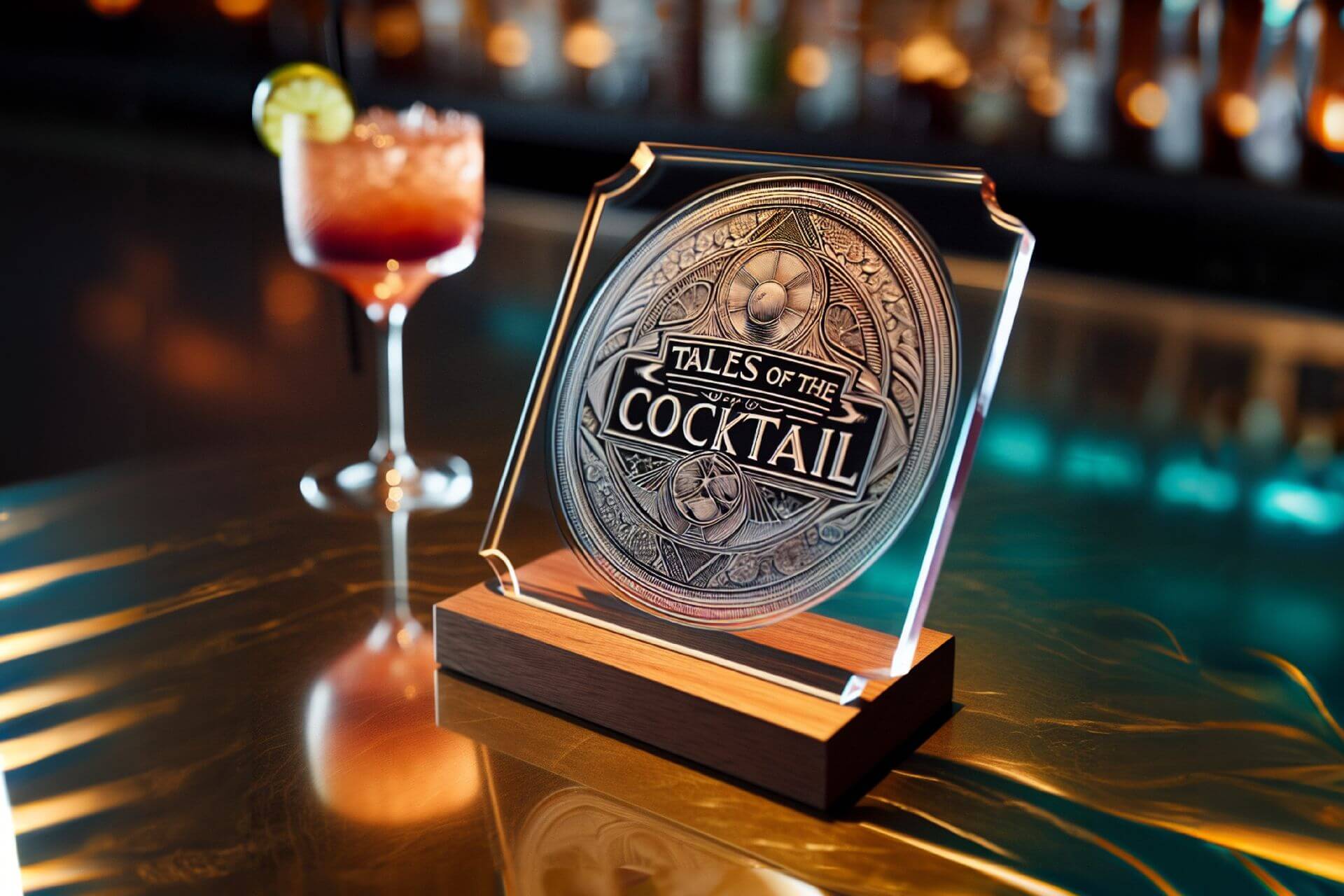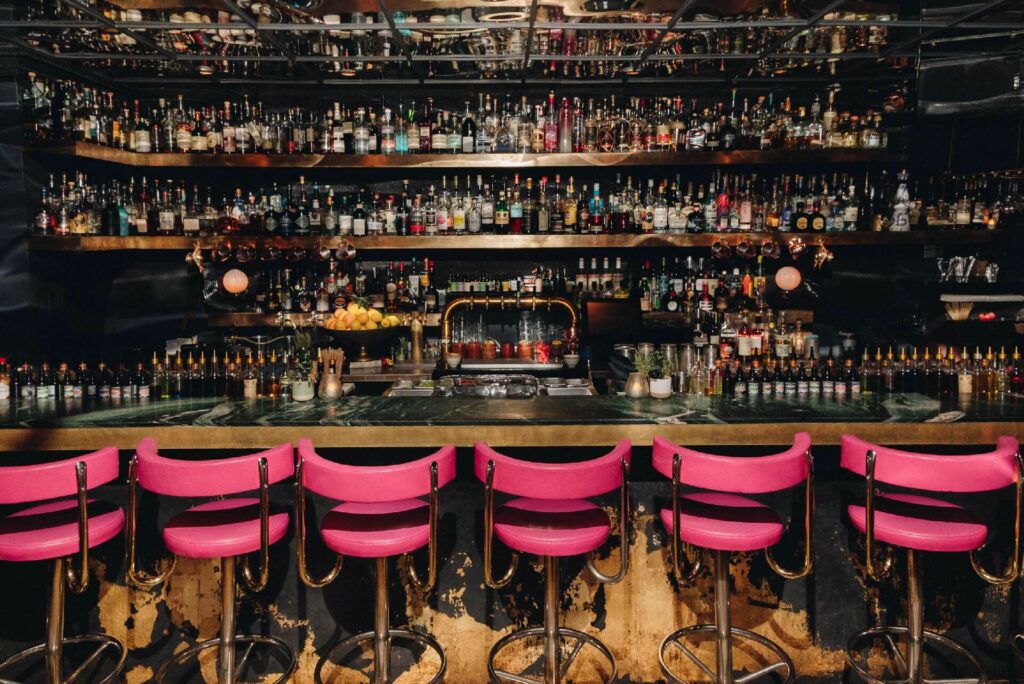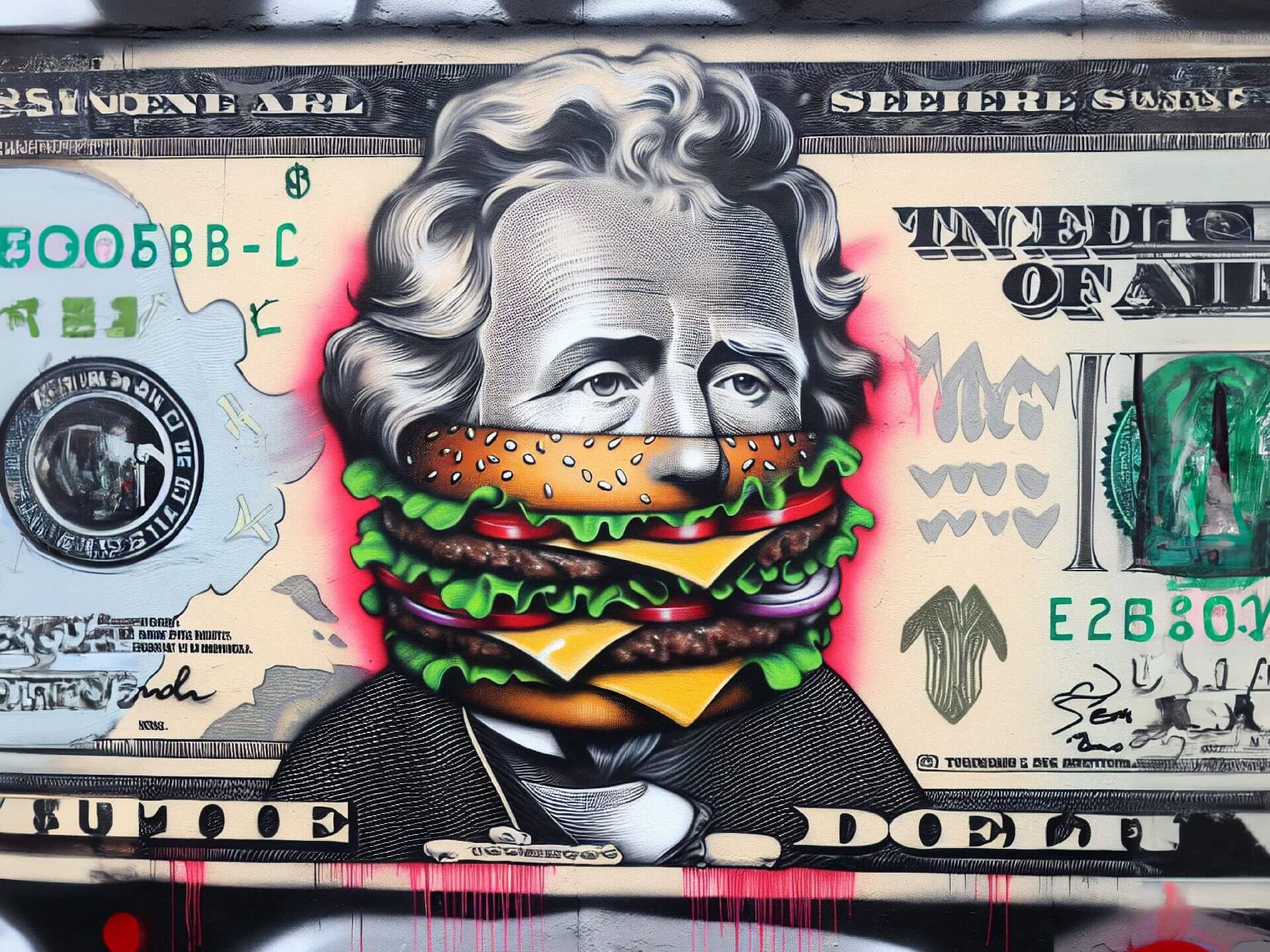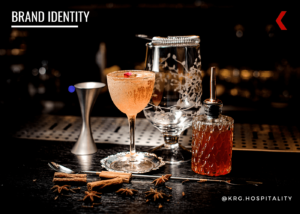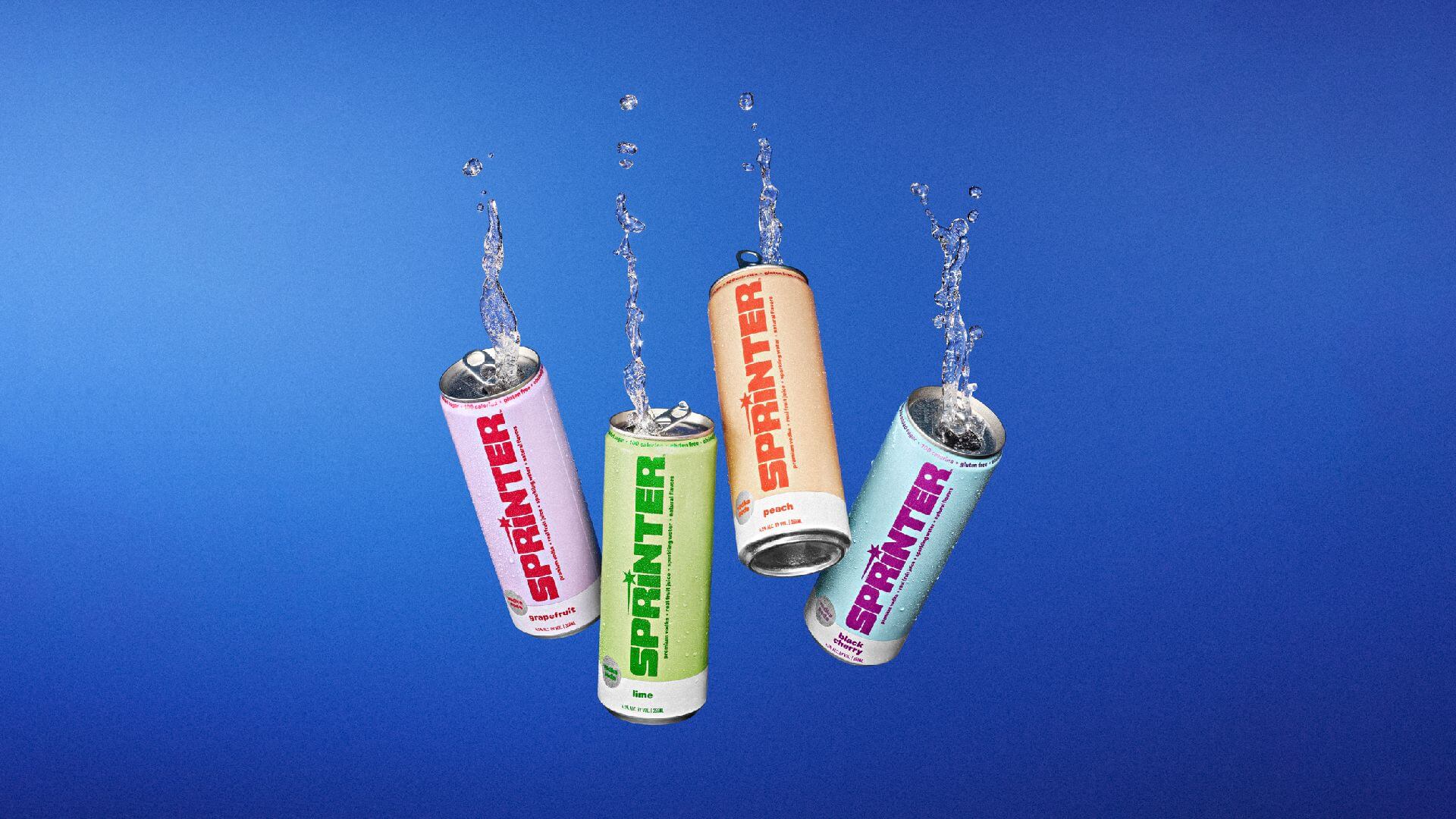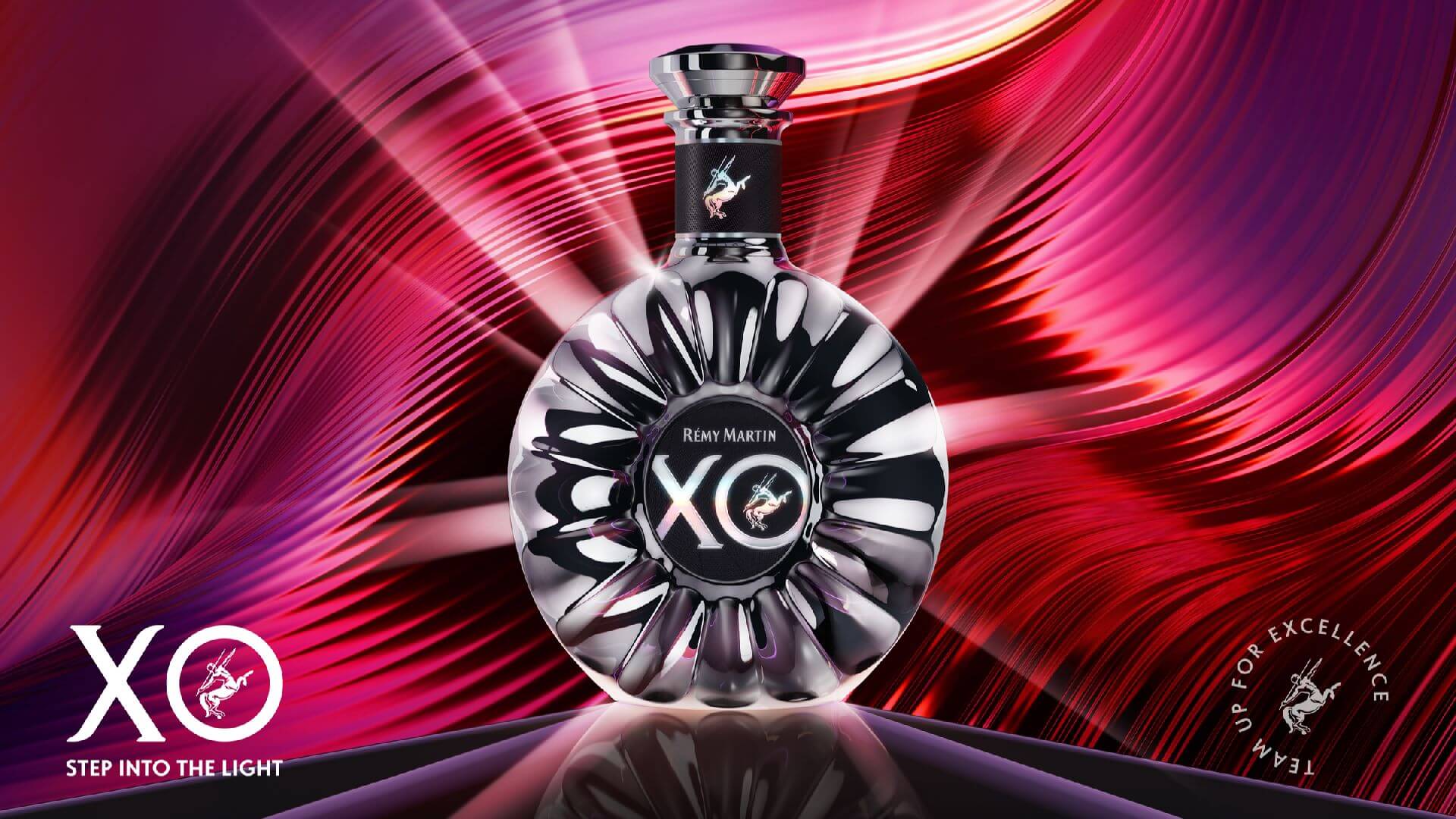Surf into Summer with These RTDs
by David Klemt
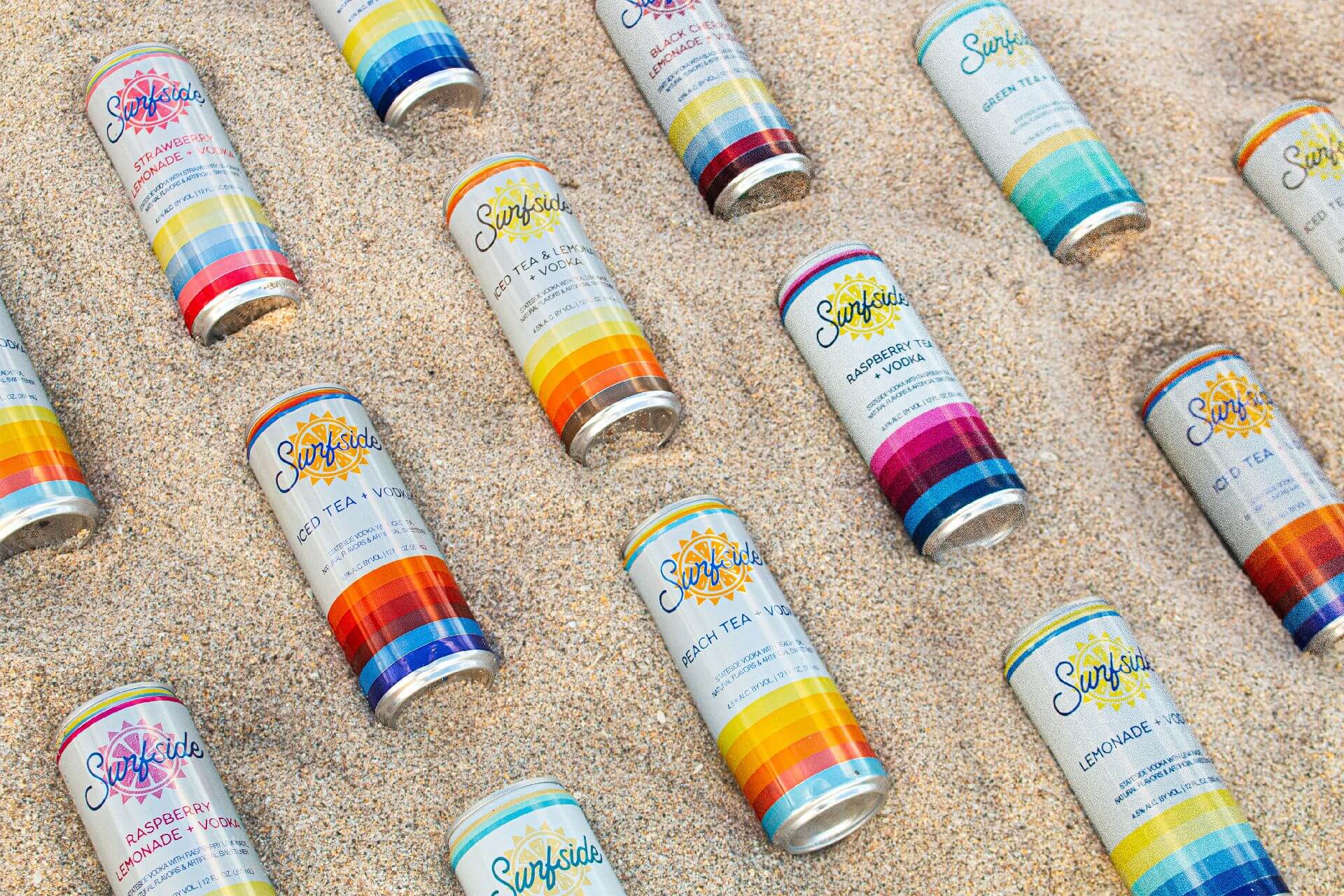
There’s big news coming out of Philadelphia’s Stateside Vodka, the team that crafts the Surfside line of popular vodka-lemonade and vodka-tea RTDs.
In preparation for summer, Surfside is making two huge strides to establish itself in the RTD space.
The brand, which describes itself as “Sunshine in a Can,” launched in 2022. Interestingly, and possibly surprisingly for some, Surfside RTDs don’t feature carbonation. Moreover, they boast just 100 calories, 2 grams of sugar, and are sessionable at just 4.5-percent ABV.
Currently, there are four variations for consumers to enjoy: Iced Tea + Vodka, Peach Tea + Vodka, Half & Half + Vodka and Lemonade + Vodka.
However, that’s about to change…
Spectacular Growth
Since the brand’s launch, Surfside has racked up accolades and achievements. For example, Market Watch bestowed its “2023 Hot Brand Award” upon the RTD lineup last year.
Of particular note is the brand’s sales growth. With distribution in a mere 17 states, Surfside hit the 1.3-million-case mark by the end of last year. That achievement speaks to one of the brand’s announcements directly: Starting this summer, Surfside will be available in 48 US states.
And the second announcement? A lineup expansion in addition to the distribution expansion. Five new flavors will join the lineup: Green Tea + Vodka, Raspberry Tea + Vodka, Raspberry Lemonade + Vodka, Strawberry Lemonade + Vodka, and Black Cherry + Lemonade.
Driving visibility and brand awareness are partnerships with Minor and Major League Baseball. In fact, the Atlanta Braves, Baltimore Orioles, Cleveland Guardians, and the Pittsburgh Pirates are on board with Surfside.
Taken the together, these announcements show that Surfside is poised to be the RTD of the summer. That means operators and their teams need to keep an ear out for guests asking if their bar or restaurant carries Surfside. Given the brand’s growth, it’s likely that consumers across the US will try it, like it, and expect to find it on-premise.
Or, put more simply: Guests are going to expect to be able to order Surfside when they’re out at bars, restaurants, dayclubs, and nightclubs.
Will this be the brand to challenge White Claw and Truly for RTD dominance? Only time will tell, but 2024 may just prove to be the Summer of Surfside.
You’ll find the official press release below. Cheers!
SURFSIDE KICKS OFF THE SUMMER SEASON WITH FIVE NEW FLAVORS, NATIONWIDE EXPANSION AND MLB + MiLB PARTNERSHIPS
Premium Canned Cocktail Brand Announces New Fruit-Forward Flavors and Availability in 48 States for Summer as Sales Continue to Skyrocket
PHILADELPHIA, PA (April 24, 2024) – Surfside, the spirits-based iced tea and lemonade ready-to-drink category leader, proudly announces national expansion and the launch of five new flavors just in time for summer: Raspberry Lemonade, Strawberry Lemonade, Black Cherry Lemonade, Raspberry Iced Tea and Green Tea. These fruit-forward flavor innovations along with a new Lemonade Variety 8-Pack are a highly anticipated next step for the independently-owned brand to further fuel its meteoric rise in popularity.
Founded by Philadelphia natives and brothers Matt and Bryan Quigley, and Clement and Zach Pappas, Surfside achieved 1.3 million cases sold in 2023, growing +563% versus a year ago. Remarkably, the brand achieved that volume despite only being distributed in seven states at the beginning of 2023. Surfside was also the highest velocity selling spirits-based RTD per retail outlet in 2023,* averaging at about 2.5 cases sold per minute.
Over the course of 2023 and 2024, Surfside has expanded distribution nationwide to 48 states. With the national expansion, Surfside is also reimagining the baseball experience as the official RTD Vodka Iced Tea and Vodka Lemonade of Minor League Baseball. This partnership is a natural evolution since becoming the #1 selling spirits-brand at Citizens Bank Park in 2023 with the Philadelphia Phillies.** Additional MLB partnerships kick off this season with the Atlanta Braves, Baltimore Orioles, Cleveland Guardians and the Pittsburgh Pirates.
“This is an incredibly exciting time for us as our mission from day one has been to build Surfside into a true national brand,” said Surfside CEO Clement Pappas. “The addition of the three new lemonade flavors, two new iced teas and the Lemonade Variety 8-pack were highly requested by our fans and is our way of showing love and appreciation for those who have helped us get here. We look forward to taking Surfside across the country and introducing to more new fans this upcoming summer season.”
In addition to the new flavors, the Surfside portfolio includes the classic Iced Tea, Peach Tea, Half and Half and Lemonade. Surfside is made with premium vodka, real tea, and has only 100 calories, 2g of sugar and 0 bubbles. “We take enormous pride in crafting the best-tasting ready-to-drink products in the industry. All of our Surfside Iced Tea and Lemonade flavors have been developed in-house with our team, from the formulation to the branding and packaging,” adds Surfside President Matt Quigley. “Everything fun about the summer is even better with a Surfside in hand.”
The new flavors joining the existing portfolio include the following varieties:
- Surfside Raspberry Lemonade + Vodka (4.5% ABV): A quintessentially summer combination of natural raspberry flavors and lemonade.
- Surfside Strawberry Lemonade + Vodka (4.5% ABV): A summer staple for enjoyment at any time, Strawberry Lemonade + Vodka brings the good vibes.
- Surfside Black Cherry Lemonade + Vodka (4.5% ABV): Natural black cherry flavor and Lemonade, the Surfside way.
- Surfside Raspberry Tea + Vodka (4.5% ABV): A fruit-forward flavor of the Iced Tea + Vodka that put Surfside on the map.
- Surfside Green Tea + Vodka (4.5% ABV): Made with premium vodka and real green tea with notes of honey and ginseng, this summer sipper will keep you cool all season.
Fans existing and new can continue to enjoy the original portfolio varieties:
- Surfside Iced Tea + Vodka (4.5% ABV): Crafted with premium vodka and real black tea, for high-quality taste and enjoyment.
- Surfside Peach Iced Tea + Vodka (4.5% ABV): The first flavored tea from the brand giving the same taste we know and love with a big ol’ punch of peach.
- Surfside Half & Half + Vodka (4.5% ABV): A refreshing twist on the classic, half iced tea and half lemonade.
- Surfside Lemonade + Vodka (4.5% ABV): A delicious summer staple made with natural lemon flavors and premium vodka.
The complete Surfside portfolio is available direct-to-consumer in Pennsylvania and in-stores across the United States. Surfside is line priced with an SRP $9.99 for a 4-pack of cans and an SRP of $19.99 for the Variety 8-pack (available in Starter Pack and Lemonade Pack). With Surfside’s national expansion also comes a new website and Instagram handle: visit www.drinksurfside.com for more information and follow along on Instagram @drinksurfside.
*Source: Circana MULO+C L26W ending 11.12.23
**Source: Aramark data, 2023
About Surfside
Surfside is a line of premium iced tea + vodka and lemonade + vodka canned cocktails recognized for its delicious full flavor taste and sunset stripes on the can for good vibes ahead. Founded by two sets of Philadephia-native brothers, Matt and Bryan Quigley and Clement and Zach Pappas, this group of entrepreneurs is also the brains behind the award-winning, independently owned Stateside Vodka (Beverage Testing Institute Gold Medal 2024). Since launching in 2022, Surfside grew from a beloved Philly cocktail to a ready-to-drink brand achieving triple-digit growth within two years, rocketing the category forward nationwide. It has received beverage industry recognition as a 2023 “Hot Brand” in Shanken’s IMPACT Magazine and a 2022 “Rising Star Award ” in Brewbound.
At 4.5% ABV, Surfside is made with premium vodka and real tea with just 2g of sugar, 100 calories and 0 bubbles. Varieties of this “Sunshine in a Can” include Iced Tea + Vodka, Peach Tea + Vodka, Half & Half + Vodka and Lemonade + Vodka. In Summer 2024, the brand will expand to include Raspberry Tea + Vodka, Raspberry Lemonade + Vodka, Strawberry Lemonade + Vodka, Black Cherry Lemonade + Vodka and Green Tea + Vodka. Available in 4-packs (SRP: $10.99) and an 8-can variety pack (SRP: $19.99), Surfside is perfect for a boat day, concert, baseball game or a relaxing day on the beach. To learn more, visit www.drinksurfside.com and follow along on Instagram @drinksurfside.
Disclaimer: Neither the author nor KRG Hospitality received compensation, monetary or otherwise, in exchange for this post.
Image: Cole Quiqley


